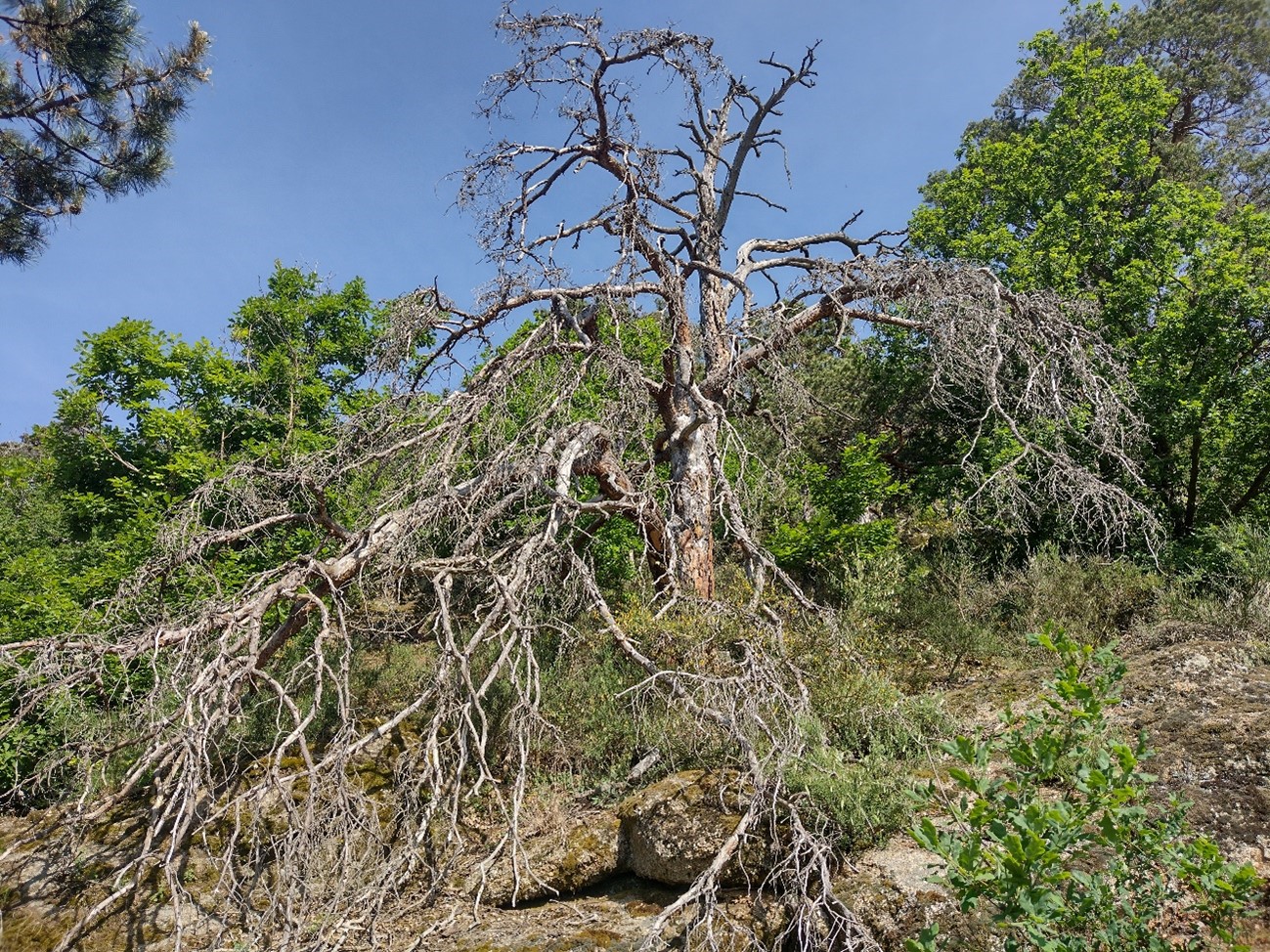And study in which the Institute of Natural Resources and Agrobiology of Seville participates IRNASresearch center of the High Council for Scientific Research (CSIC) shows how hydraulic installationthat is, the ability to extract and transport water through its tissues could answer crucial questions in several disciplines. This process is not only related to drought resistancebut according to this study but can provide very valuable information on fire dynamics, vulnerability to pathogens and variation in crop production..
The study, published in the revista New phytologist, was developed by a multidisciplinary team consisting of researchers in the fields of fire ecology, phytopathology, agriculture and vegetation dynamics. According to these experts the hydraulics It provides very valuable information in evaluating the risk of fire and understanding its dynamics depending on the water status of the trees.
Similarly, in the field of phytopathology, there are numerous pathogens that affect the water transport capacity of the plant by damaging its conductive tissues (xylem), reducing its ability to respond to water stress and therefore exacerbating its effects. the drought. And in the field of agriculture, for its part, The response to water stress is directly related to the water transport capacity of plants.that can provide crucial information about how crops will cope with climate change or respond to certain irrigation treatments, such as deficit irrigation.


This article highlights the relevance of hydraulic installation in these disciplines and identifies the key issues that can be addressed by integrating these approaches. “Knowing the ability of plants to extract water from the soil and transport it to their organs and tissues is essential to understand how they respond to environmental challenges such as droughts, fires and diseases,” says José M. Torres-Ruiz (IRNAS, CSIC). , one of the principal investigators of this study.

